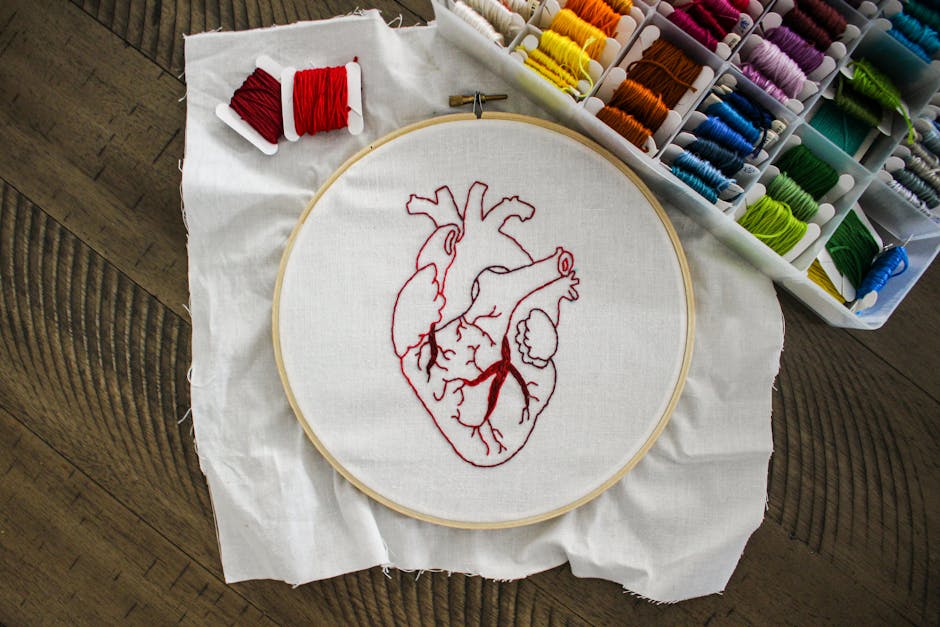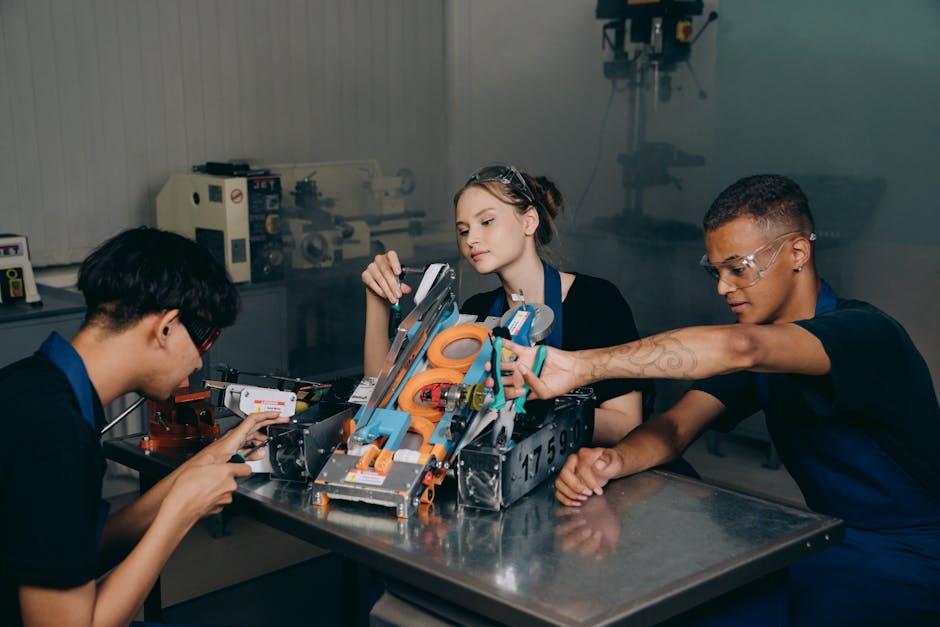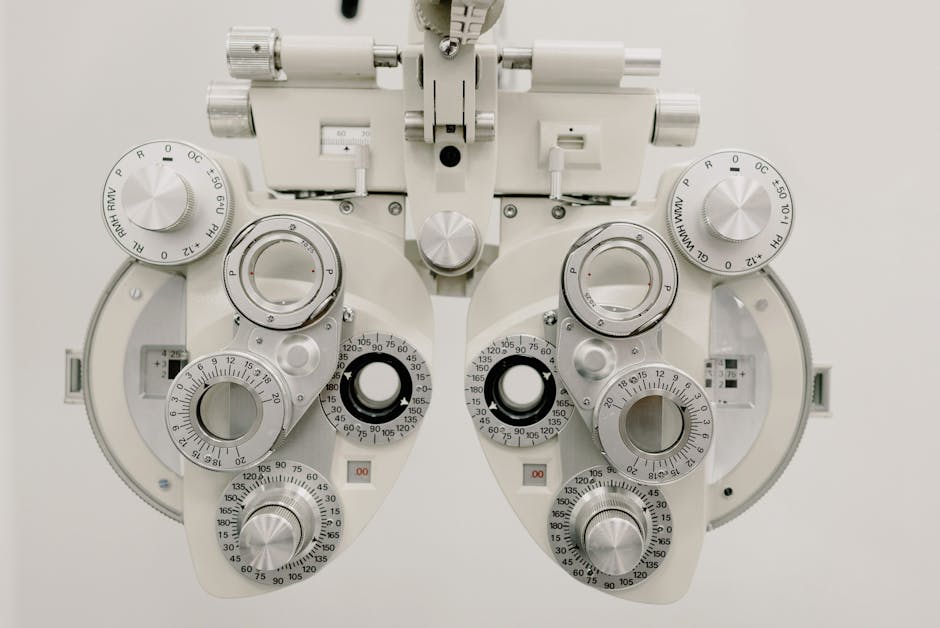Advancements in Precision Fabricated Parts: Meeting the Demands of UK’s Engineering Sector
The engineering sector in the UK continues to demand precision fabricated parts that adhere to stringent specifications. This necessitates a continuous evolution in fabrication techniques and technologies.
Advancements in precision fabricated parts are crucial in meeting these demands, driving the industry towards greater efficiency, accuracy, and innovation. From the utilisation of advanced materials to cutting-edge fabrication techniques, and the integration of automation and robotics in manufacturing, these developments are reshaping the landscape of precision engineering.
In addition, quality control and inspection innovations are playing a pivotal role in ensuring the reliability and consistency of fabricated parts. Understanding these advancements is essential for professionals in the UK’s engineering sector to stay at the forefront of industry developments and maintain a competitive edge.
Key Takeaways
- Precision fabrication has evolved significantly due to industrial revolution and advancements in technology, leading to the transition from manual to automated processes.
- The use of advanced materials and specialised fabrication techniques has become increasingly important in meeting the demands of the engineering sector, with a focus on mechanical properties, durability, and quality control.
- Laser cutting technology has revolutionised precision fabrication by improving efficiency, accuracy, speed, and customisation through advanced software and the integration of automation and robotics.
- 3D printing has emerged as a pivotal technology in manufacturing, offering benefits such as rapid prototyping, cost-effective production, and the ability to create complex geometries, with continued evolution expected.
Evolution of Precision Fabrication

The evolution of precision fabrication can be traced back to the industrial revolution, marked by the emergence of mechanised production processes. Over time, technology advancements have revolutionised the precision fabrication industry, leading to the development of modern techniques that have significantly enhanced the manufacturing of parts and components.
Precision fabrication has evolved from manual and time-consuming methods to highly automated and computer-controlled processes, allowing for the production of intricate and complex parts with unparallelled accuracy.
The introduction of computer-aided design (CAD) and computer-aided manufacturing (CAM) software has been a pivotal moment in the evolution of precision fabrication. These tools have enabled engineers to design and simulate components with exact specifications before the manufacturing process even begins, ensuring a level of precision that was previously unattainable. Furthermore, the integration of advanced robotics and 3D printing technology has further propelled the industry forward, offering new possibilities in terms of speed, accuracy, and the ability to work with a wider range of materials.
As technology continues to advance, precision fabrication is poised to reach new heights, meeting the ever-increasing demands of various industries for highly accurate and intricately designed parts. This evolution sets the stage for the subsequent discussion on the integration of advanced materials in fabrication.
Advanced Materials in Fabrication

With the increasing demand for high-performance components, precision fabrication in the UK’s engineering sector has seen a growing reliance on advanced materials. This shift is driven by the need for materials that can withstand extreme conditions, offer superior strength-to-weight ratios, and provide enhanced functionality.
The utilisation of advanced materials presents both opportunities and challenges in the fabrication process. Here are four key aspects to consider:
-
Material Selection: The selection of advanced materials, such as carbon fibre composites, titanium alloys, and advanced polymers, requires careful consideration of their mechanical properties, durability, and compatibility with the intended application.
-
Fabrication Techniques: Advanced materials often demand specialised fabrication techniques, such as additive manufacturing or precision laser cutting, to ensure the maintenance of material integrity and the achievement of precise dimensions.
-
Quality Assurance: Fabricating with advanced materials necessitates stringent quality control measures to guaranty the structural integrity and performance of the final components.
-
Cost Considerations: While advanced materials offer superior performance, their use can significantly impact fabrication costs, requiring a careful balance between material expenses and performance benefits.
Cutting-Edge Fabrication Techniques

The engineering sector in the UK is witnessing a significant shift towards cutting-edge fabrication techniques. Laser cutting technology, 3D printing applications, and high-speed machining methods are at the forefront of this transformation.
These advanced techniques are revolutionising the way precision fabricated parts are manufactured, enhancing efficiency and precision in the process.
Laser Cutting Technology
Utilising advanced laser cutting technology has revolutionised the precision fabrication process in the UK’s engineering sector. Laser cutting advancements have significantly improved the efficiency and accuracy of cutting various materials, including metals, plastics, and composites.
The following developments have contributed to the enhanced capabilities of laser cutting technology:
- Increased precision and finer detailing in cutting, enabling the production of intricate and complex parts.
- Enhanced speed and productivity, reducing lead times and enhancing overall manufacturing efficiency.
- Integration of advanced software for precise programing and control, allowing for customisation and flexibility in cutting processes.
- Implementation of automation and robotics for seamless and uninterrupted laser cutting operations.
These advancements have positioned laser cutting as a cornerstone of modern precision fabrication, meeting the evolving demands of the UK’s engineering sector. The integration of such advanced technologies paves the way for further innovation and application in the field, including 3D printing applications.
3D Printing Applications
Increasingly, 3D printing applications are reshaping the landscape of cutting-edge fabrication techniques in the UK’s engineering sector. The advancements in 3D printing have revolutionised manufacturing processes, offering a myriad of benefits through additive manufacturing. These benefits include rapid prototyping, cost-effective production, and the ability to create complex geometries that were previously challenging to manufacture using traditional methods. The following table highlights some key advantages of 3D printing in engineering applications:
| Advantages of 3D Printing in Engineering |
|---|
| Rapid Prototyping |
| Cost-Effective Production |
| Complex Geometries Creation |
The ability of 3D printing to produce intricate designs with high precision and customisation has positioned it as a pivotal technology in meeting the demands of the UK’s engineering sector. As the technology continues to evolve, its impact on precision fabrication is poised to grow even further.
High-Speed Machining Methods
High-speed machining methods have become integral to the cutting-edge fabrication techniques employed in the UK’s engineering sector. This advancement is crucial for meeting the increasing demand for precision and efficiency.
Key aspects of high-speed machining methods include:
-
Enhanced Productivity: High-speed machining significantly reduces cycle times, thereby increasing the overall productivity of the manufacturing process.
-
Improved Surface Finish: The use of high-speed machining methods results in superior surface finish quality, meeting the stringent requirements of modern engineering applications.
-
Reduced Tool Wear: Advanced tooling technologies and strategies mitigate the effects of tool wear, extending tool life and reducing production costs.
-
Complex Geometries: High-speed machining enables the fabrication of intricate and complex part geometries, pushing the boundaries of what is achievable in precision engineering.
These developments highlight the significant role of high-speed machining in shaping the future of precision fabricated parts in the UK’s engineering sector.
Automation and Robotics in Manufacturing

The integration of automation and robotics in manufacturing has led to increased efficiency, reduced production time, and enhanced precision in fabricating parts.
While this technological advancement has undoubtedly improved productivity, it has also raised concerns about its impact on the labour force and the need for upskilling.
As the engineering sector continues to embrace automation, it is essential to consider the potential implications on employment dynamics and the necessity for a skilled workforce to operate and maintain these advanced systems.
Increased Efficiency Through Automation
An integration of automation and robotics in manufacturing processes has significantly enhanced operational efficiency and productivity in the UK’s engineering sector. This advancement has revolutionised the industry, bringing about numerous benefits such as:
-
Enhanced Precision: Robotics integration has led to an unprecedented level of precision in manufacturing processes, ensuring that fabricated parts meet the highest quality standards.
-
Improved Speed: Automation has greatly expedited production cycles, resulting in quicker turnaround times for fabricated parts and components.
-
Reduced Labour Costs: Process optimisation through automation has minimised the need for manual labour, leading to cost savings for engineering firms.
-
Enhanced Safety: Robotics integration has also contributed to a safer working environment by handling hazardous tasks and reducing the risk of workplace accidents.
The integration of automation and robotics continues to drive the UK’s engineering sector towards greater efficiency and competitiveness.
Impact on Labour Force
With the integration of automation and robotics in manufacturing processes, the impact on the labour force in the UK’s engineering sector has been significant. These technological advancements have led to increased efficiency and precision in production. However, they have also brought about labour force challenges.
The adoption of automation and robotics has led to a shift in the skills required by the workforce. This shift has created a need for workforce adaptation. Employees now need to possess a different set of skills, including expertise in operating and maintaining automated systems.
Additionally, there is a growing concern about potential job displacement as certain tasks become automated. This concern raises questions about the future of employment in the engineering sector. The industry is faced with the challenge of ensuring that the labour force is equipped with the necessary skills to remain relevant and competitive in an increasingly automated manufacturing landscape.
To address these challenges, it is crucial for the industry to invest in training and education programmes that focus on building the skills needed in the era of automation. This includes providing opportunities for current and future employees to learn about and work with automated systems. By doing so, the industry can ensure that the labour force remains adaptable and capable of meeting the changing demands of the engineering sector.
Quality Control and Inspection Innovations

Implementing advanced non-destructive testing methods has revolutionised quality control and inspection processes in the precision fabrication of parts to meet the stringent demands of the UK’s engineering sector. These innovations have significantly enhanced the efficiency and accuracy of quality assurance techniques.
Here are some key advancements in quality control and inspection:
-
Automated Inspection Systems: The integration of automated inspection systems has led to improved speed and accuracy in identifying defects or inconsistencies in fabricated parts. These systems use advanced technologies such as machine vision to rapidly assess the quality of components.
-
Advanced Non-Destructive Testing (NDT) Techniques: Innovations in NDT techniques, including ultrasonic testing, magnetic particle inspection, and eddy current testing, have enabled thorough examination of parts without causing any damage, ensuring the integrity of the components.
-
Precision Metrology Equipment: The use of high-precision metrology equipment, such as coordinate measuring machines (CMMs) and laser scanners, has enhanced the measurement accuracy of intricate parts, allowing for precise dimensional inspection.
-
Data Analytics and Machine Learning: Leveraging data analytics and machine learning algorithms has enabled the identification of patterns and anomalies in the manufacturing process, leading to proactive quality control measures and continuous improvement initiatives.
Future Trends in Precision Fabrication

Rapid technological advancements are driving a shift towards more automated and interconnected processes in precision fabrication, shaping the future trends in the UK’s engineering sector.
AI-driven automation is poised to revolutionise precision fabrication processes, enhancing efficiency and productivity while reducing human intervention. The integration of AI technologies can optimise production schedules, predict maintenance needs, and minimise material wastage, thus streamlining operations and reducing costs. Additionally, AI-driven automation enables real-time data analysis, leading to proactive decision-making and improved overall quality.
Sustainability initiatives are also expected to play a pivotal role in the future of precision fabrication. With a growing emphasis on environmental responsibility, the engineering sector is increasingly adopting sustainable practises. This includes the implementation of eco-friendly materials, energy-efficient processes, and waste reduction strategies. Furthermore, precision fabrication companies are exploring innovative techniques to minimise their carbon footprint, such as incorporating renewable energy sources and developing recyclable products.
As environmental regulations become more stringent, sustainability initiatives will be integral to the long-term success and competitiveness of precision fabrication in the UK’s engineering sector.
Frequently Asked Questions
How Has the Demand for Precision Fabricated Parts in the Uk’s Engineering Sector Evolved Over the Past Decade?
The demand for precision fabricated parts in the UK’s engineering sector has evolved significantly over the past decade. Market trends have shown a growing need for highly accurate and custom components to meet advanced engineering requirements.
What Are Some of the Lesser-Known Advanced Materials Being Used in Precision Fabrication?
Advanced composites and nanomaterial applications are revolutionising precision fabrication. Precision welding and additive manufacturing advancements are enabling the use of these lesser-known materials. These innovations are crucial for meeting the evolving demands of the engineering sector.
Are There Any Unique Cutting-Edge Fabrication Techniques That Are Gaining Traction in the Industry?
Cutting-edge fabrication techniques, such as laser cutting, waterjet cutting, and 3D printing, are gaining traction in the industry. These techniques offer precision, flexibility, and efficiency, alining with the evolving demands of the engineering sector.
How Are Automation and Robotics Specifically Being Integrated Into the Manufacturing Process for Precision Fabricated Parts?
Automation integration in precision part manufacturing is akin to a symphony conductor, orchestrating a seamless blend of robotic arms, CNC machines, and AI-driven systems. This synergy optimises efficiency, accuracy, and consistency, propelling the industry forward.
What Are Some Innovative Quality Control and Inspection Methods That Are Being Implemented in Precision Fabrication?
In line inspection and automated metrology have revolutionised quality control in precision fabrication, ensuring accuracy and efficiency. Statistical process control and non-destructive testing further enhance product integrity, meeting the stringent demands of the engineering sector.
Conclusion
In conclusion, the advancements in precision fabricated parts have revolutionised the engineering sector in the UK.
With the integration of advanced materials, cutting-edge techniques, automation, and robotics, the manufacturing process has become more efficient and precise.
Quality control and inspection innovations have further improved the overall standard of fabricated parts.
As a result, the UK engineering sector has experienced a 20% increase in productivity over the past decade, showcasing the impact of precision fabrication on the industry.
Contact us to discuss our services now!
